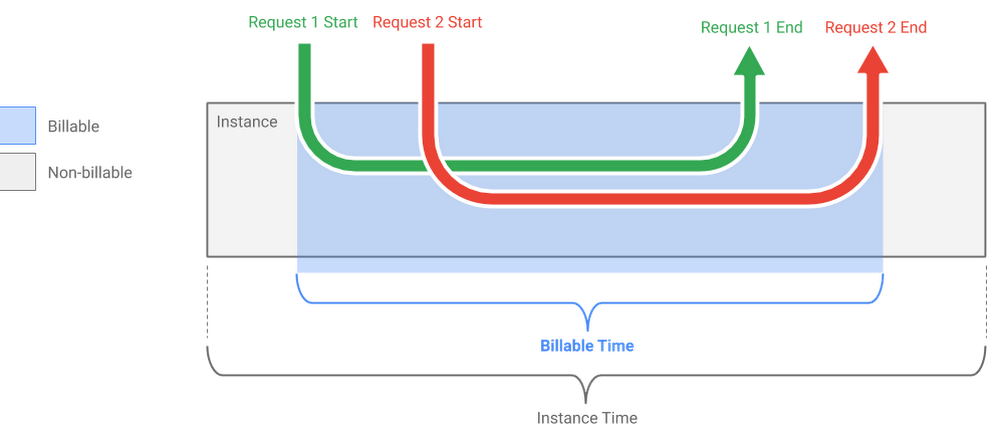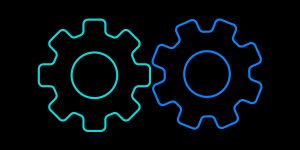News and updates
Microsoft FHIR Server for Azure extends to SQL
Since the launch of the open source FHIR Server for Azure on GitHub last November, we have been humbled by the tremendously positive response and surge in the use of FHIR in the healthcare community. There has been great interest in Microsoft expanding capabilities in the FHIR service, and today we are pleased to announce that the open source FHIR Server for Azure now supports both Azure Cosmos DB and SQL backed persistence providers. With the SQL persistence provider, developers will be able to perform complex search queries that join information across multiple FHIR resource types and leverage transactions.
Now available
Azure Shared Image Gallery now generally available
At Microsoft Build 2019, we announced the general availability of Azure Shared Image Gallery, making it easier to manage, share, and globally distribute custom virtual machine (VM) images in Azure. Shared Image Gallery provides a simple way to share your applications with others in your organization, within or across Azure Active Directory (AD) tenants and regions. This enables you to expedite regional expansion or DevOps processes and simplify your cross-region HA/DR setup. This blog explains the key benefits of this feature.
Technical content
Monitoring on Azure HDInsight Part 3: Performance and resource utilization
This is the third blog post in a four-part series on Monitoring on Azure HDInsight. Part 1 is an overview that discusses the three main monitoring categories: cluster health and availability, resource utilization and performance, and job status and logs. Part 2 centered on the first topic, monitoring cluster health and availability. This blog covers the second of those topics, performance and resource utilization, in more depth.
Simplify B2B communications and free your IT staff
Today’s business data ecosystem is a network of customers and partners communicating continuously with each other. The traditional way to do this is by establishing a business-to-business (B2B) relationship. The B2B communication requires a formal agreement between the entities. Then the two sides must agree on the formatting of messages. The Azure platform offers a wealth of services for partners to enhance, extend, and build industry solutions. Here we describe how one Microsoft partner uses Azure to solve a unique problem.
Accelerating smart building solutions with cloud, AI, and IoT
Throughout our Internet of Things (IoT) journey we’ve seen solutions evolve from device-centric models, to spatially-aware solutions that provide real-world context. Last year at Realcomm | IBcon, we announced Azure IoT’s vision for spatial intelligence, diving into scenarios that uniquely join IoT, artificial intelligence (AI), and productivity tools. This year we’ve returned to Realcomm | IBcon, joined by over 30 partners who have delivered innovative solutions using our spatial intelligence and device security services to provide safety to construction sites, operate buildings more efficiently, utilize space more effectively, and boost occupant productivity and satisfaction. Here we’ll tell you more about a selection of these smart building partners who are accelerating digital transformation in their industries.
Taking advantage of the new Azure Application Gateway V2
We recently released Azure Application Gateway V2 and Web Application Firewall (WAF) V2. These SKUs are named Standard_v2 and WAF_v2 respectively and are fully supported with a 99.95 percent SLA. The new SKUs offer significant improvements and additional capabilities to customers. Read the blog for an explanation of the key features.
Virtual machine memory allocation and placement on Azure Stack
Customers have been using Azure Stack in a number of different ways. We continue to see Azure Stack used in connected and disconnected scenarios, as a platform for building applications to deploy both on-premises as well as in Azure. Many customers want to just migrate existing applications over to Azure Stack as a starting point for their hybrid or edge journey. The purpose of this post is to detail how Virtual Machine (VM) placement works in Azure Stack with a focus on the different components that come to play when deciding the available memory for capacity planning.
Three things to know about Azure Machine Learning Notebook VM
Data scientists have a dynamic role. They need environments that are fast and flexible while upholding their organization’s security and compliance policies.
Data scientists working on machine learning projects need a flexible environment to run experiments, train models, iterate models, and innovate in. They want to focus on building, training, and deploying models without getting bogged down in prepping virtual machines (VMs), vigorously entering parameters, and constantly going back to IT to make changes to their environments. Moreover, they need to remain within compliance and security policies outlined by their organizations. This blog looks at three ways the Azure Machine Learning Notebook VM makes life easier for data scientists.
Creating custom VM images in Azure using Packer | Azure Tips and Tricks
Azure provides rich support for open source tools to automate the infrastructure deployments. Some of the tools include Hashicorp's Packer and Terraform . In few simple steps, we'll learn how to create custom VM Linux images in Azure using Packer.
Additional technical content
Is it cost-efficient to run Spring Boot on Azure Functions?
Fast Focus: Serverless Computing – Azure Functions and Xamarin in 20 Minutes
Schedule Recurring Builds in App Center
Home Grown IoT – Solution Design
Azure shows
Troubleshoot resource property changes using Change History in Azure Policy | Azure Friday
Jenny Hunter joins Donovan to showcase a new integration inside Azure Policy that enables you to see recent changes to the properties for non-compliant Azure resources. Public preview of the Resource Change History API is also now available.
Willow is the digital twin for the built world | Internet of Things Show
Willow and Microsoft are partnering together to empower every person and organization to connect with the built world in a whole new way. This digital disruption is happening today, with Digital Twin technology.
Over-the-air software updates for Azure IoT Hub with Mender.io | Internet of Things Show
Introduction to a secure and robust over-the-air (OTA) software update process for Azure IoT Hub with Mender.io, an open source update manager for connected devices. We will cover key considerations for being successful with software updates to connected devices and show a live demo deploying software to a physical device.
Five things you can do with serverless | Five Things
Serverless is like CrossFit, the first rule is to never stop talking about it. In this episode, Eduardo Laureano from the Azure Functions team brings you five things you can do with Serverless that you might not realize are even possible. Also, Burke wears a sweater vest and Eduardo insinuates that there is a better candy than Goo Goo Clusters. The nerve.
Migrating from Entity Framework 6 to Core | On .NET
Entity Framework (EF) Core is a lightweight and cross-platform version of the popular Entity Framework data access technology. In this episode, Diego Vega joins Christos to show us how we can port out Entity Framework 6 code to Entity Framework Core.
How to get started with Azure Machine Learning Service | Azure Tips and Tricks
In this edition of Azure Tips and Tricks, learn how to get started with the Azure Machine Learning Service and how you can use it from Visual Studio Code.
Xamarin.Forms 4 – Who could ask for anything more? | The Xamarin Podcast
HTML5 audio not supported
Episode 283: .NET and Azure | The Azure Podcast
Sujit and Cynthia talk with VS and .NET Director, Scott Hunter, on how Microsoft is shifting paradigms in the Linux world and .NET development experience with Azure.
HTML5 audio not supported
Industries and partners
Join Microsoft at ISC2019 in Frankfurt
The world of computing goes deep and wide in regards to working on issues related to our environment, economy, energy, and public health systems. These needs require modern, advanced solutions that can be hard to scale, take a long time to deliver, and were traditionally limited to a few organizations. Join us at the world's second-largest supercomputing show, ISC High Performance 2019. Learn how Azure customers combine the flexibility and elasticity of the cloud and how to integrate both our specialized compute virtual machines (VMs), as well as bare-metal offerings from Cray.
Quelle: Azure








